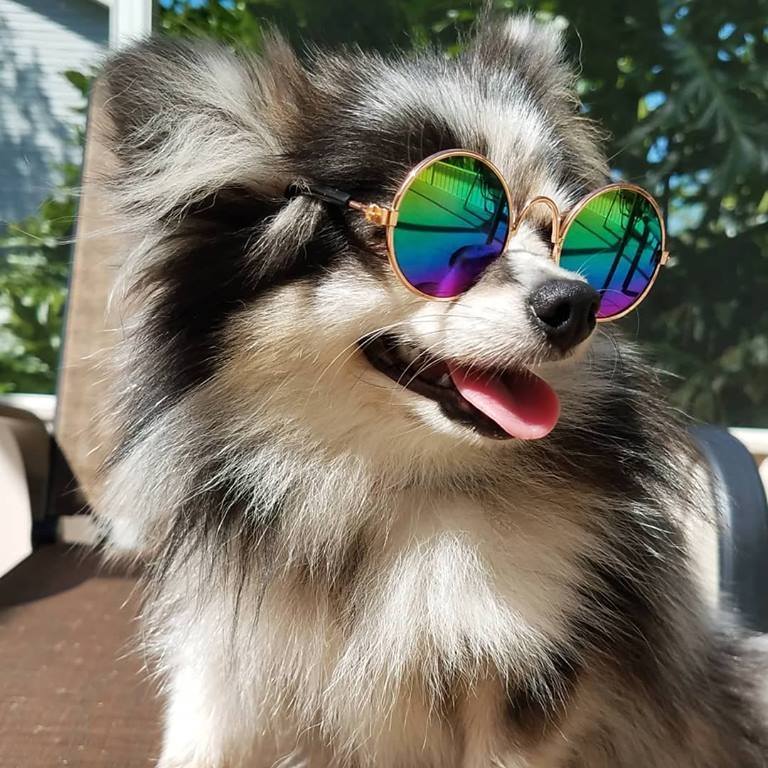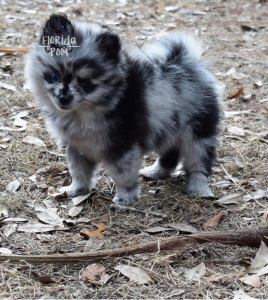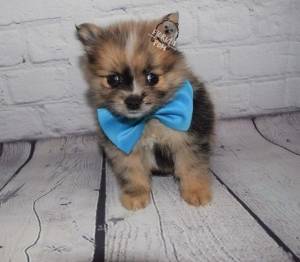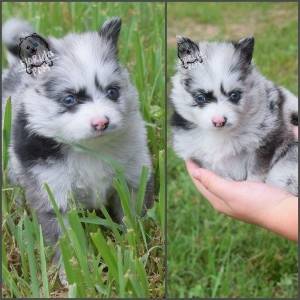Uncovering the Beautiful Diversity of Pomeranian Coat Colors
Florida Pom
September 7, 2022
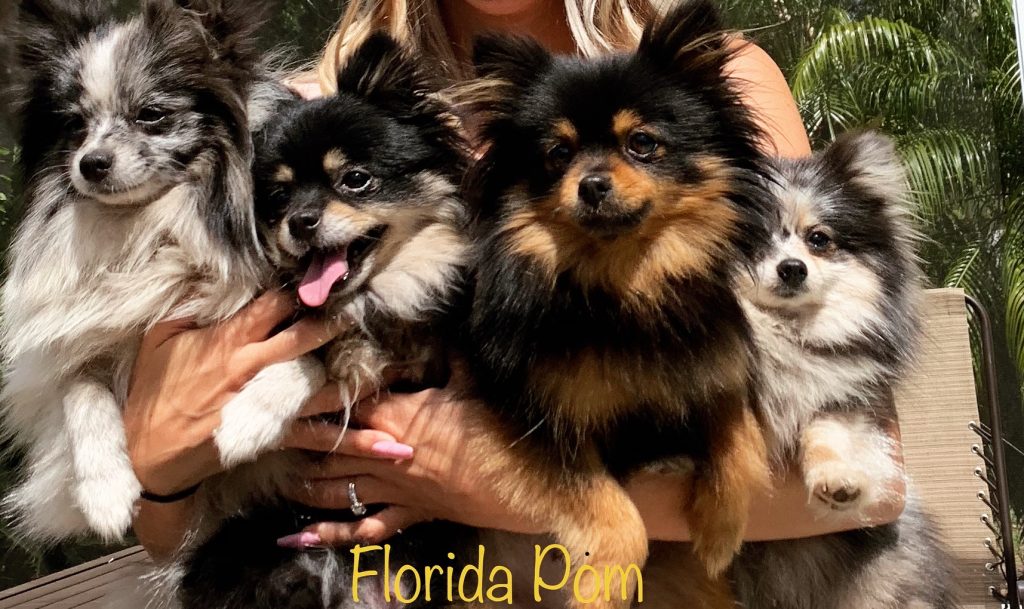
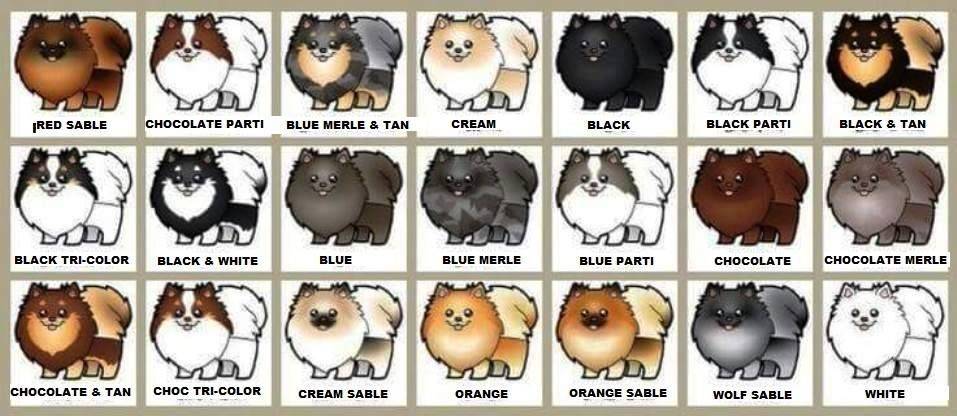
Orange Coat Pomeranian
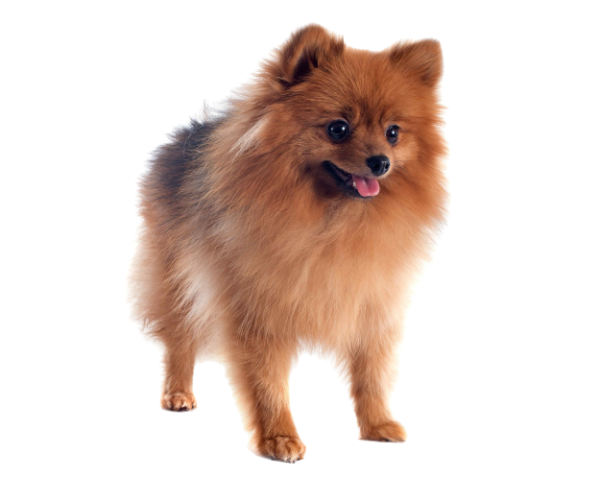
Orange is the most popular of the Pomeranian colors. This hue can range from light to dark. If it’s too deep then it’s considered red (although, this shade is actually more rust than red). If an orange Pomeranian has black strips it’s considered orange brindle. The orange base color with black tips is an orange sable.
Recent News
Does Your Breeding Program Need A Website?
JABstract Web Design designed ours and we love it!
Mention FloridaPom.com for $300 off!
Black Coat Pomeranian
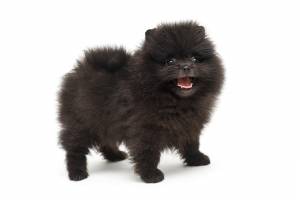
True black Poms are rare. They will be pure black and will have no secondary color or markings on their coats. Black skin pigmentation means the nose, lips, paw pads, and eye rims will all be black. If any other color exists they’re considered to be a parti.
White Coat Pomeranian
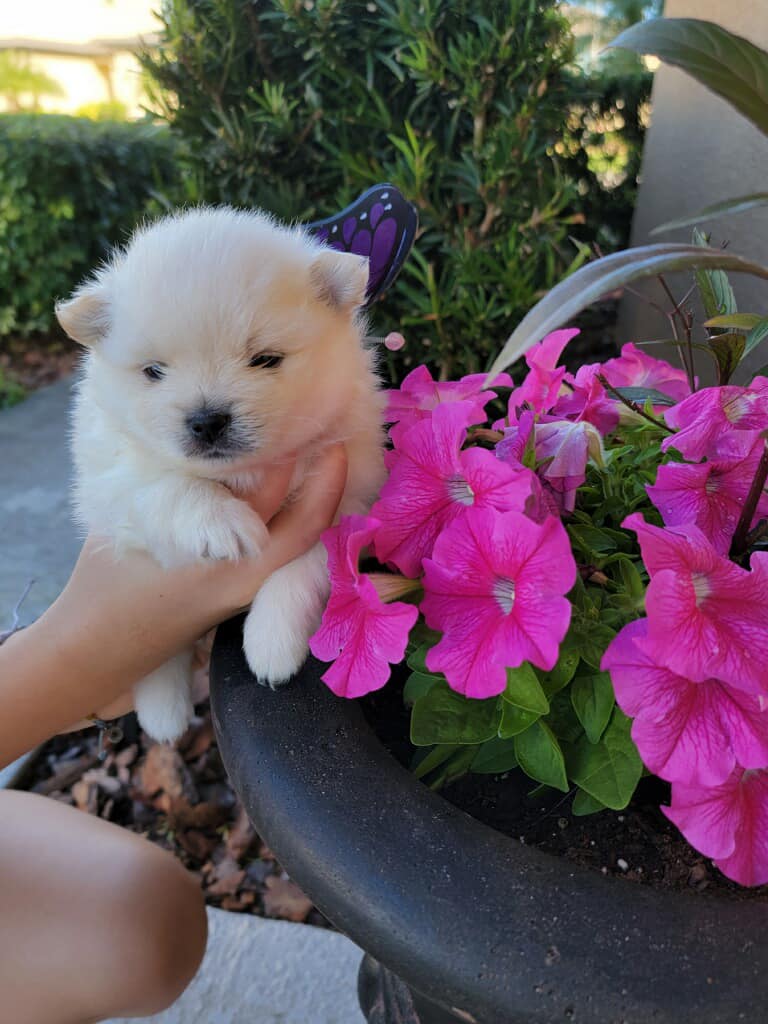
A true white Pomeranian will have no lemon or cream patches.
Tan Points Pomeranian
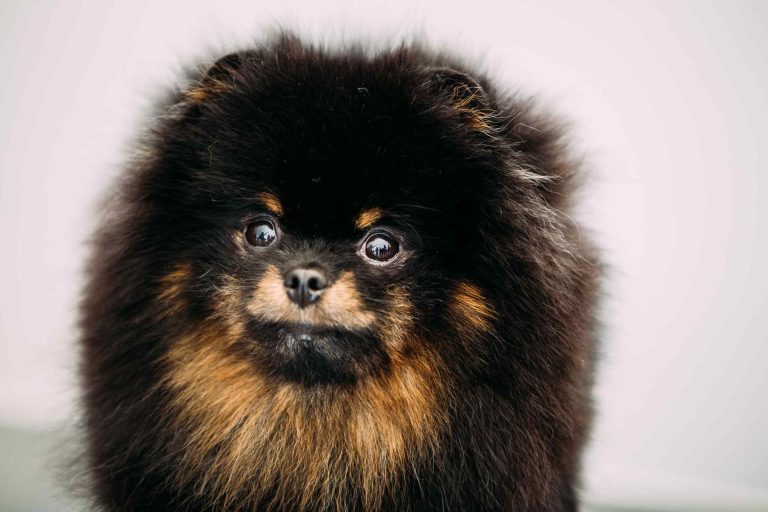
Pomeranians with tan points come in black, brown, and blue. All three base colors will have the same tan marking pattern. They are famously known for their grumpy looks and appearance. When looking for a stud to breed with, these tan-colored Pomeranians are highly sought out as they produce some of the more exotic-looking and unique colored Pomeranians. If you are looking for a black and tan stud, FloridaPom.com offers stud services that are highly valued and reputable in the state of Florida.
Blue Merle Pomeranian
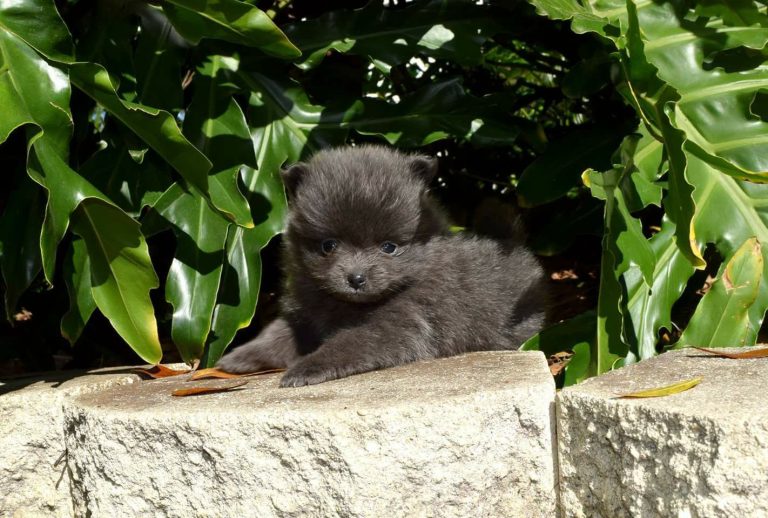
A blue-colored pomeranian is less commonly seen. This is a beautiful color almost a silver color. All true blue Poms will have blue skin; this is what sets them apart from black coats; with blue, the coat may appear black but if the skin pigmentation is blue, the Pom will genetically be blue.
Wolf Sable Pomeranian
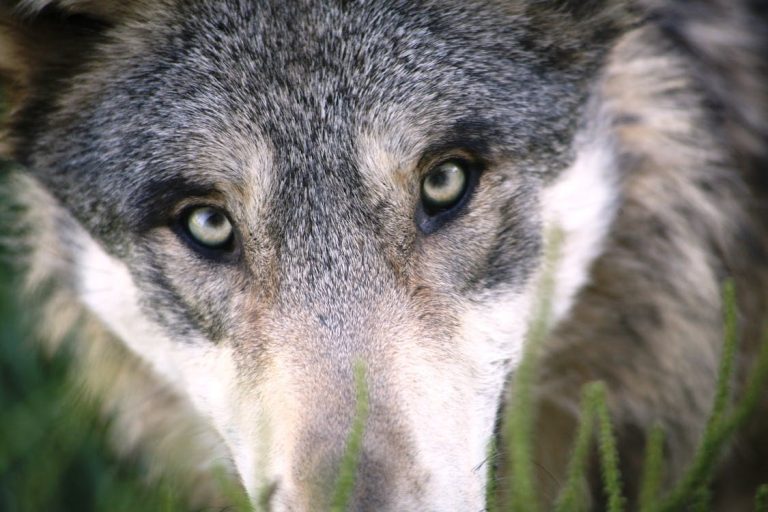
Light grey undercoat with a darker shade of steel grey guard hairs with black tips.
Chocolate Pomeranian
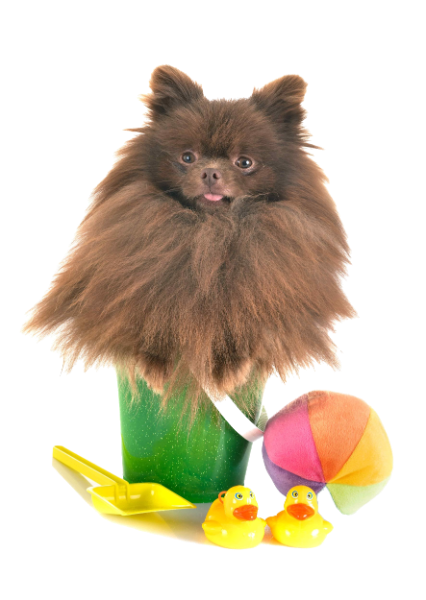
Chocolate coat or dark deep brunette
Brindle Pomeranian
base undercoat of a light color (tan, orange, etc.) and then there will be stripes running over that color. The stripes can run thin or thick. With some, this brindling will only be apparent on the saddle
Merle Pomeranian
The merle gene creates a splattering effect of color on the coat. Most often you will see a light blue, grey, black, tans, or reds blended in, usually in patches or ‘dots’, giving the dog an interesting speckled appearance you can have many different colors of merle poms. There are many types of merle colors. Some examples are True blue merle , The blue merle, Sable merle, Lavender merle, and the Merle parti.
Beaver Pomeranian
Beaver is an interesting color. Pomeranians that are beaver are so based on their skin pigmentation. The actual color of the coat will be somewhere in the brown range; this can be as light as a cream or as dark as a chocolate.
The nose, eye rims, lips, and paw pads will be a beaver color
Parti Pomeranian
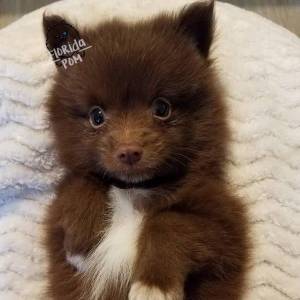
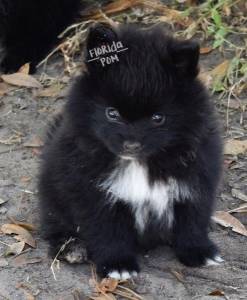
Any Pomeranian that has more than just a small patch of white (which could be classified as a marking, i.e. black with white marking) will be designated as a parti. (two colors in the coat.)
Sable Pomeranian
Solid base and the sable comes into play via guard hairs that have dark tips.
Red Pomeranian
A reddish-orange colored dog is often described as rust color.
Cream Pomeranian
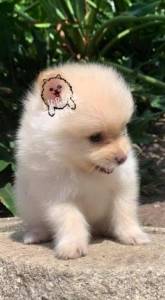
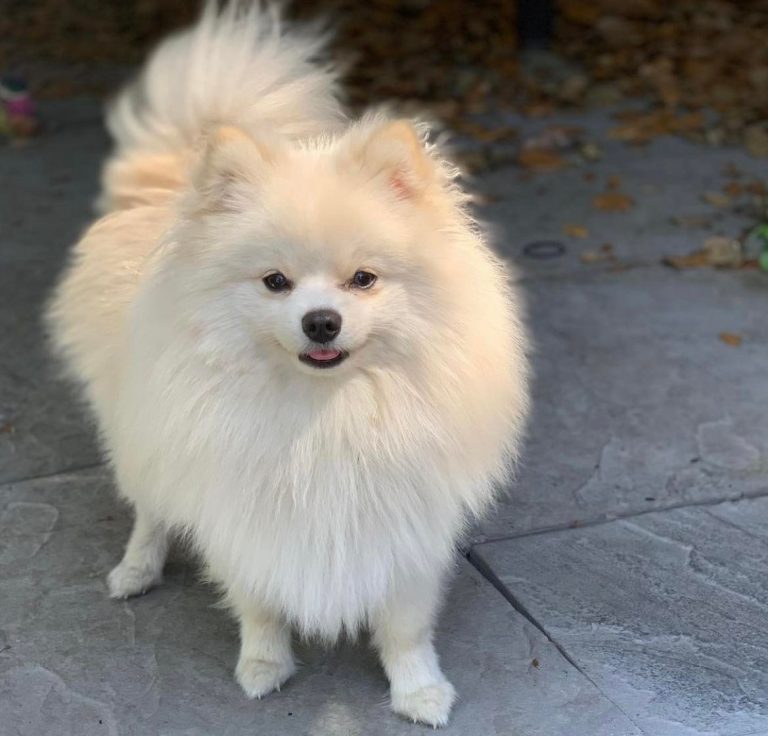
This can be very light – one step darker than a white, and it goes through shade gradients all the way to what one would consider being light brown.

